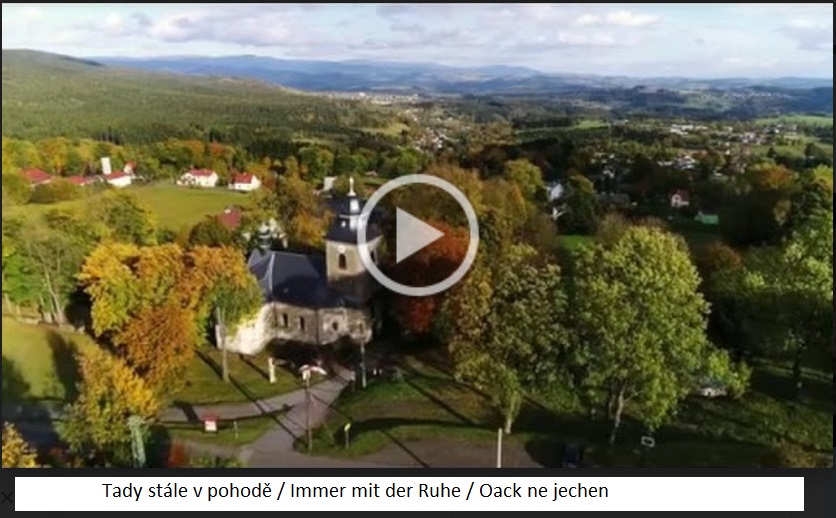Černá Studnice (Schwarzbrunnberg in German), with its 869.1 m above sea level, is the highest peak of the Black Stud ridge of the Jizera Mountains. This mountain on the watershed of the Baltic and North Sea dominates the landscape around Jablonec nad Nisou, from which it is located less than 5 km southeast. It is also a tourist destination, since 1905 on its peak, which cadastrally belongs to the city Smržovka, there is a tourist cottage and lookout tower.
Below the mountain there are two villages having their names derived from the mountain: Horní Černá Studnice belongs to Nová Ves nad Nisou, Dolní Černá Studnice pod Pěnčín. Not far from the summit on the way from Horní Černá Studnice is the Veselý Cross, reminiscent of the suicide of Václav Veselý of Nová Ves. He shot himself in the local forest on July 3, 1969, allegedly out of unhappy love. Granite boulders and rocks (Hammerhead, Devil's Head, Black Tower, Buchta, etc.) are scattered around the lookout tower as well as across the ridge. Some formations are also used for mountaineering activities.
History
The rock at the top of the mountain was reconstructed as early as 1885, when the Liberec German Mountain Association provided a pair of rocks with a platform and a railing. It was the first ever construction project for a society that only existed for a year.
However, the Liberec Association devoted almost all of its attention to the construction of the mountain hotel in Ještěd, so the Jablonec tourists broke away from it and in 1903 they founded their own Mountain Association for Jablonec and its surroundings. The winner of the bankruptcy was the Jablonec architect Robert Hemmrich, the building itself was commissioned by the builder Corazza. The last obstacle to the construction was the ownership of the land, but the association was able to exchange with the owner of the estate, Count Desfours, his two other land for the necessary building plot. The lookout tower was inaugurated on August 14, 1905, with six thousand people attending the ceremony.
Due to great interest in the next years the cottage expanded several times, after the reconstruction of 1930, its capacity reached 600 seats.







